Tag: Mythology
-

Red Horn (Hešucka) aka He Who Wears (Man) Faces on His Ears and Big Boy…and Werebirds
Red Horn is a culture hero in Siouan oral traditions, specifically of the Ioway and Hocąk (Winnebago) nations. He has different names. Only in Hocąk literature is he known as “Red Horn” (Hešucka), but among the Ioway and Hocągara both, he is known by one of his variant names, “He Who Wears (Man) Faces on His Ears”. This name derives from the living faces on…
-

Long-nosed god maskettes are artifacts made from bone, copper and marine shells
Long-nosed god maskettes are artifacts made from bone, copper and marine shells (Lightning whelk) associated with the Mississippian culture (800 to 1600 CE) and found in archaeological sites in the Midwestern United States and the Southeastern United States. They are small shield-shaped faces with squared-off foreheads, circular eyes, and large noses of various lengths. They are often shown on Southeastern Ceremonial Complex representations of falcon impersonators as ear ornaments. Long…
-

Castalian Spring
The Castalian Spring, in the ravine between the Phaedriades at Delphi, is where all visitors to Delphi — the contestants in the Pythian Games, and especially pilgrims who came to consult the Delphic Oracle — stopped to wash themselves and quench their thirst; it is also here that the Pythia and the priests cleansed themselves before the oracle-giving process. Finally Roman poets regarded it…
-

The Amazonian legend of Maní is related to the cult of Manioc, the native staple food that sprang from her grave
Maní, a Tupí myth of origins, is the name of an indigenous girl with very fair complexion. The Amazonian legend of Maní is related to the cult of Manioc, the native staple food that sprang from her grave. The legend The daughter of a Tupí chief became pregnant. Her father wanted to take revenge on the man who brought shame to…
-

Baetylus
Baetylus (also Baetyl, Bethel, or Betyl, from Semitic bet el “house of god”; compare Bethel, Beit El) are sacred stones that were supposedly endowed with life, or gave access to a deity. According to ancient sources, at least some of these objects of worship were meteorites, which were dedicated to the gods or revered as symbols of the gods themselves. Other accounts suggest that contact with…
-
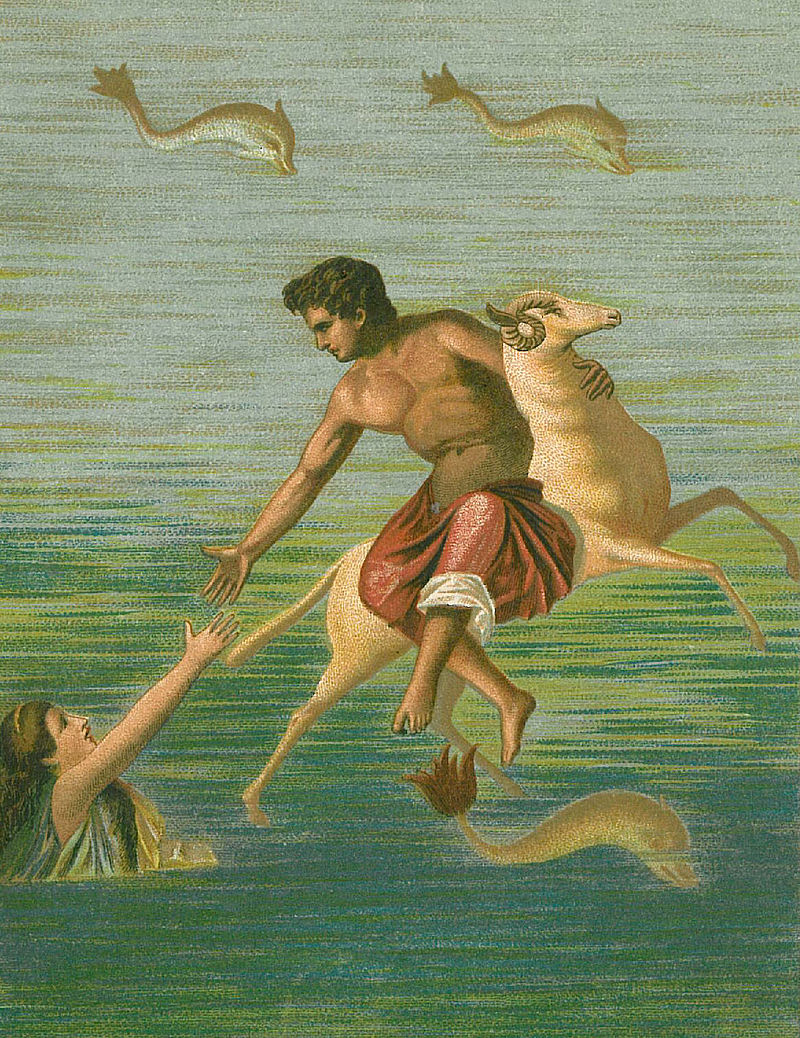
Phrixus
In Greek mythology Phrixus (also spelt Phryxus; Greek: Φρίξος, Phrixos means “standing on end, bristling”) was the son of Athamas, king of Boeotia, and Nephele (a goddess of clouds). He was the twin brother of Helle and the father of Argus, Phrontis, Melas and Cytisorus by Chalciope (Iophass), daughter of Aeetes, king of Colchis. Mythology Phrixus and Helle (also known as Ellie) were hated by their stepmother, Ino. She hatched a devious plot to get rid of the twins, roasting…
-
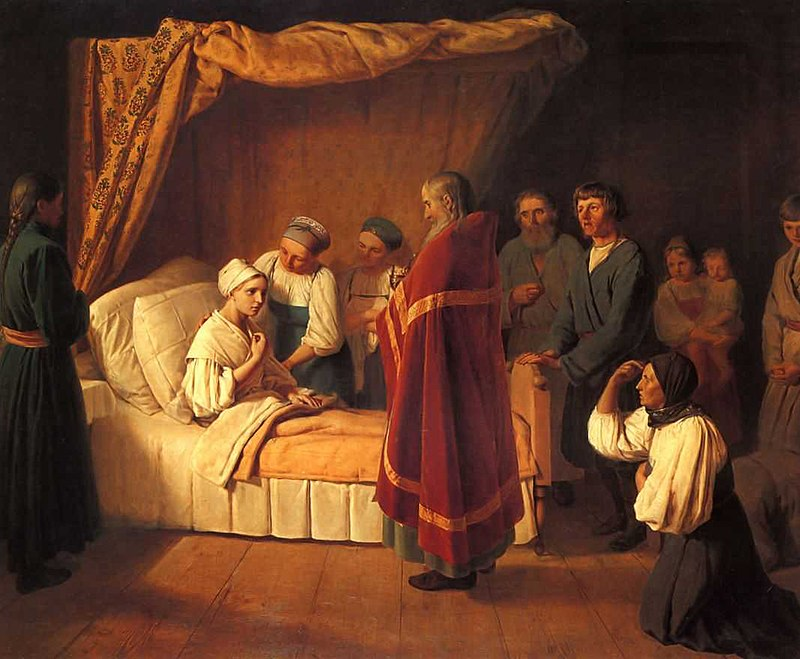
Treasuries of death, viaticum, obol, more
Viaticum is a term used – especially in the Catholic Church – for the Eucharist (also called Holy Communion), administered, with or without Anointing of the Sick (also called Extreme Unction), to a person who is dying; viaticum is thus a part of the Last Rites. Usage The word viaticum is a Latin word meaning “provision for a journey”, from via, or “way”. For Communion as Viaticum,…
-
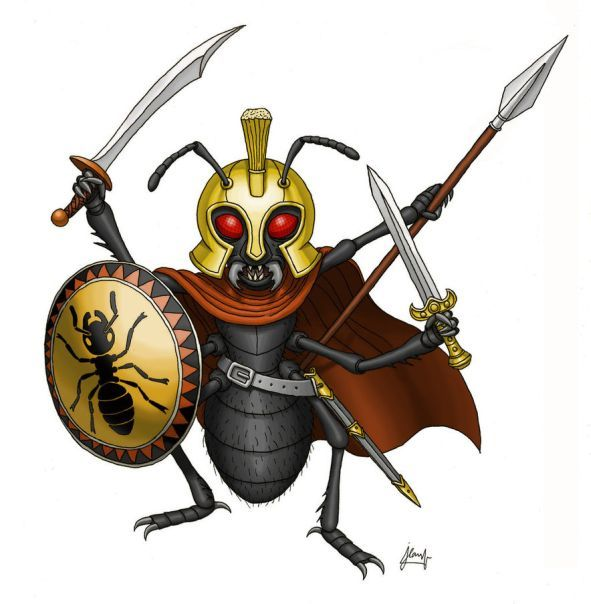
Myrmidons (and a little Myrmex)
In Greek mythology, the Myrmidons (or Myrmidones; Greek: Μυρμιδόνες) were an ancient Thessalian Greek tribe. In Homer’s Iliad, the Myrmidons are the soldiers commanded by Achilles. Their eponymous ancestor was Myrmidon, a king of Phthiotis who was a son of Zeus and “wide-ruling” Eurymedousa, a princess of Phthiotis. She was seduced by him in the form of an ant. An etiological myth of their origins, simply expanding upon their supposed etymology—the name in Classical Greek was interpreted as “ant-people”,…
-
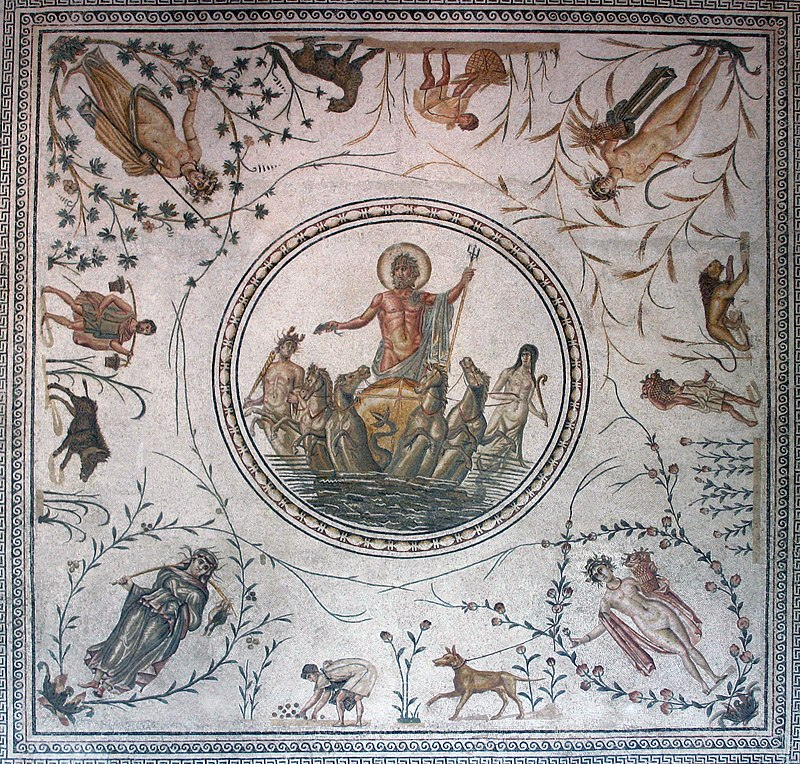
Neptune
Neptune (Neptūnus) is the god of freshwater and the sea in Roman religion. He is the counterpart of the Greek god Poseidon. In the Greek tradition, he is a brother of Jupiter and Pluto; the brothers preside over the realms of heaven, the earthly world (including the underworld), and the seas. Salacia is his wife. Depictions of Neptune in Roman mosaics, especially those in North Africa, were influenced by Hellenistic conventions. He was likely associated…
-

Nechtan
Nechtan is a figure in Irish mythology who is associated with a spring marking the source of the River Boyne, known as Nechtan’s Well or the Well of Wisdom. He was the husband of Boann, eponymous goddess of the Boyne. Nechtan is believed to be another name for Nuada. Etymology According to Georges Dumézil the name Nechtan is perhaps cognate with that of the Romano-British god Nodens or the Roman god called Neptunus and the…
-
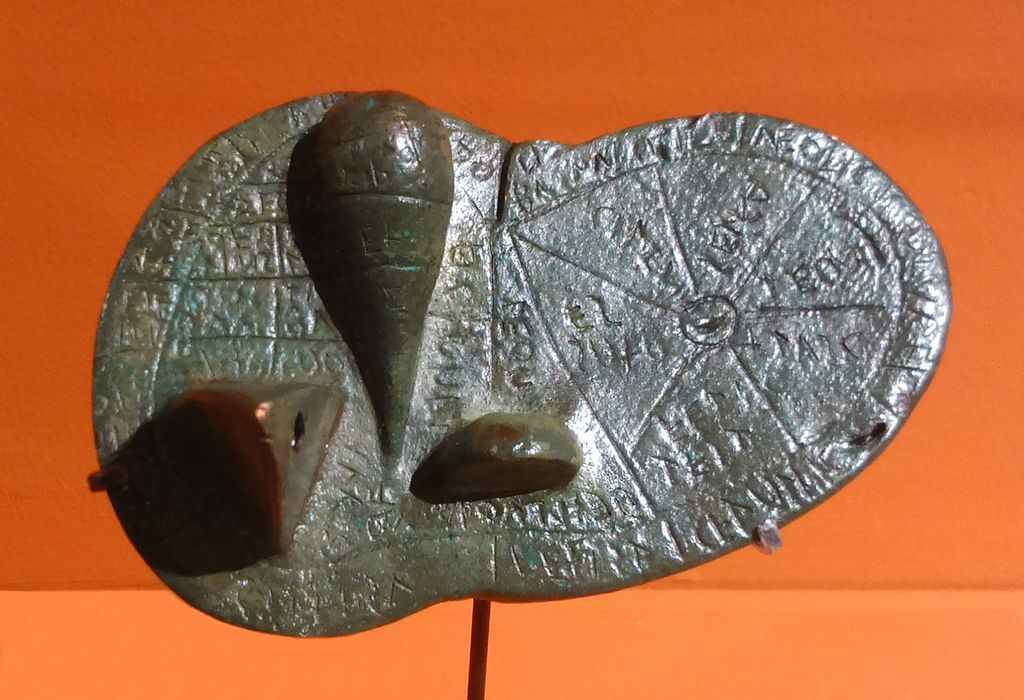
Adam Napat (and Nethuns)
Apam Napat is a deity in the Indo-Iranian pantheon associated with water. His names in the Vedas, Apām Napāt, and in Zoroastrianism, Apąm Napāt, mean “child of the waters” in Sanskrit and Avestan respectively. Napāt (“grandson”, “progeny”) is cognate with Latin nepos and English nephew.[a] In the Rig Veda, he is described as the creator of all things. In the Vedas it is often apparent that Apām Napāt is being used as a title, not a proper name. This is…
-

Luminous gemstones
Folktales about luminous gemstones are an almost worldwide motif in mythology and history among Asian, European, African, and American cultures. Some stories about light-emitting gems may have been based on luminescent and phosphorescent minerals such as diamonds. Mineralogical luminosity First, it will be useful to introduce some mineralogical terminology for gemstones that can glow when exposed to light, friction, or heat. Note that the following discussion will…
-
Rennet
For the apple varieties, see Reinette Rennet is a complex set of enzymes produced in the stomachs of ruminant mammals. Chymosin, its key component, is a protease enzyme that curdles the casein in milk. In addition to chymosin, rennet contains other enzymes, such as pepsin and a lipase. Rennet has traditionally been used to separate milk into solid curds and liquid whey, used in the production of cheeses. Rennet from calves has become less common for this use, to the…
Recent Posts
- 🧬 Disease Table with Low Sodium Connection
- 🧂 Sodium Reduction and Sodium Replacement: A History of Reformulation and Exploding Diseases, Including Many Diseases Unheard of Before Deadly Sodium Policies
- 🧂 The DEADLY 1500 mg Sodium Recommendation predates the WHO’s formal global sodium reduction push by nearly a decade (and it’s even worse than that)
- 🧬 What Is Beta-Glucuronidase?
- When Sugar Was Salt: Crystalline Confusion and the Covenant of Sweetness
Tags
ADAM ASPARTAME Birds Blood Bones Brain Bugs Cancer Columba Cows crystallography Death Death cults Eggs Etymology Gastrin Gold Growth hormone History Hormones Insulin Liver Mere Perplexity Metal Monkey Business Mythology Paracetamol Plants Poison Pregnancy Protein Religion Reproduction Rocks Salt Slavery Snakes Sodium the birds and the bees Thiocyanate Tobacco Tylenol Underworld Venom zinc
